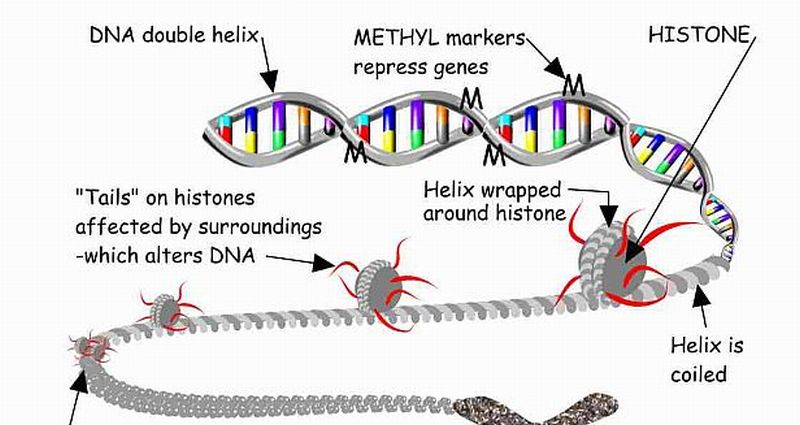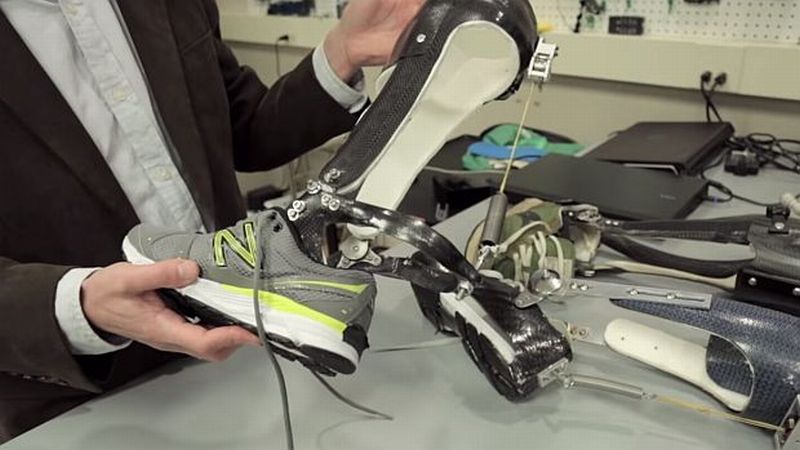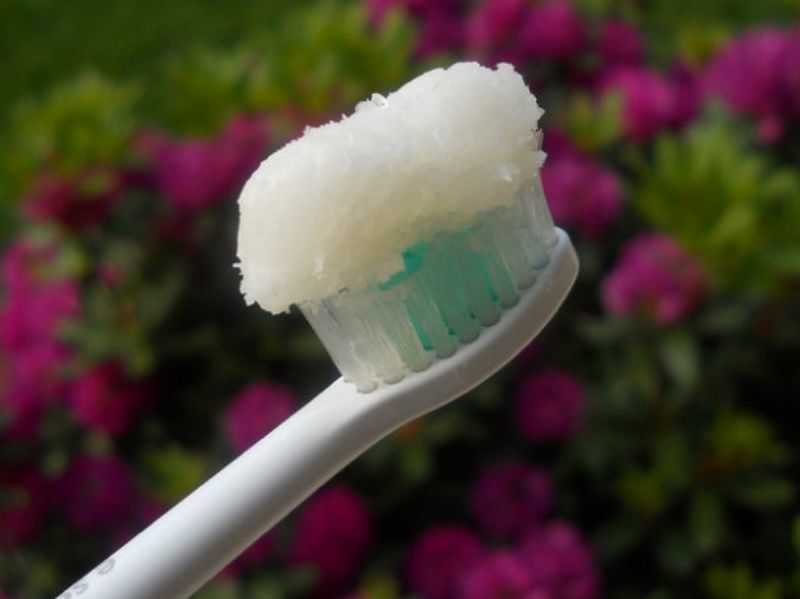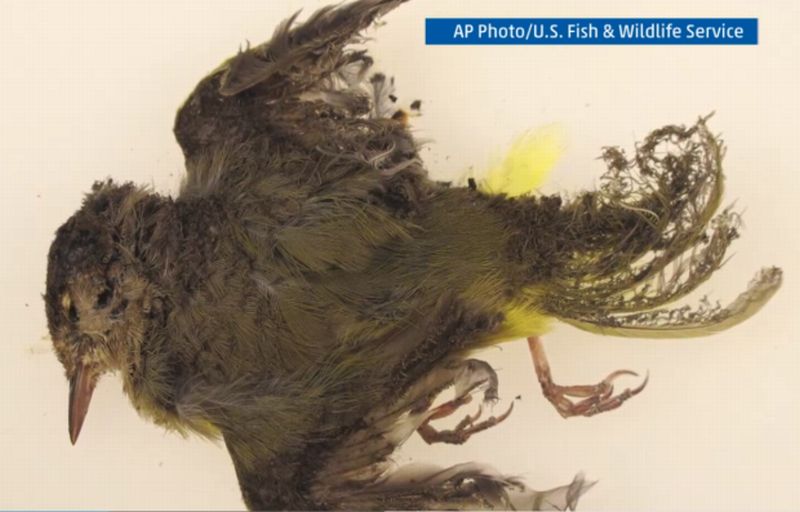It has always been believed that DNA is the storehouse of characteristics that pass-on from one generation to the next. However, there are other materials in a cell as well that can be attributed to passing on the hereditary traits, claimed a set of researchers at University of Edinburgh.
Read MoreTag: research
Perceptive Perfume eclipses Sweating with strong Odour: Body Odour Solution
No one likes the idea of using perfumes or deodorants to do away sweating as a matter of fact, no one likes to sweat except if one is gyming. However, climate change is making summers unbearably hot every year and making humans to sweat more.
Read MoreAnkle Exoskeleton for increasing Walking Efficiency: Better Gas Mileage for Humans
For humans, walking and running is primarily done by ankle hence, it can be considered as the major power source. Researchers at the University of North Carolina and Carnegie Mellon University have built a device called ankle exoskeleton that could be used for stable and easier walking. The device has no batteries and is devoid of any motors and it aims towards lessening the energy cost of human walking. The weight of carbon-fiber device is around 500 grams, nearly as that of a normal loafer.
Read MoreWildlife can protect themselves from extinction: Study on Tiny Jewels
With an increase in human population and global warming, many species of flora and fauna around the globe have gone extinct while many others are at the verge of extinction. Researchers are conducting various studies to save critically endangered species through understanding their life cycle and mating behavior and mating them in the lab to increase the population.
Read MoreBiomimicry: Bionic Ants for future’s factory workers
Biomimicry has always fascinated developers, every now and then they try mimicking nature into the human work force. This time, Festo, German technology firm, has come up with human hand sized robotic ants, which the developers envision might collaborate on factory production systems in the near future.
Read MoreGraphene-based Light Bulbs hitting stores soon: A new era of LED Technology
LED light technology has again hit the spotlight but this time it is due to the wonder material, graphene. Consumers would soon be using graphene-based light bulbs. It is assumed that the dimmable bulb would help in reducing energy costs by ten percent and might come with a longer shelf life relatively. Although, it is expected that the cost might remain the same as is the conventional LED.
Read MoreCombating Dental Microbial Infection with Coconut Oil: Oral Hygiene
Researchers at Athlone Institute of Technology (AIT), Ireland tested coconut oil samples on steptococcus mutans, the bacteria that is responsible for dental erosion, and noted that the oil inhibited the growth of the bacteria. Further observation also revealed that the oil was equally harmful to the yeast Candida albicans that leads to oral thrush.
Read MoreFlying Cars a Reality by 2017: An Era of Self-driving, Self-flying Cars
Slovakia-based Aeromobil is making a flying car dream come true by 2017. The company has already tested prototypes that have been successful in both driving and flying. The sporty two seater, called the flying roadster will be spreading its wings in the skies in mere two years from now.
Read MoreHokuriku Shinkansen Line opens for service: Tokyo links with Kanazawa
East Japan Railway Co. in collaboration with West Japan Railway Co. have successfully brought about the bullet train services on Hokuriku Shinkansen Line connecting Tokyo with the Hokuriku region on the Sea of Japan.
Read More10 Photographs depicting Egyptian Tombs with colorful murals unseen for thousands of years
An American research team was able to surface an old tomb in the southern city of Luxor. The Tomb belonged to Amenhotep, protector of Amun’s temple, an Egyptian deity. As per the sources, the tomb dates back to the 18th century’s New Kingdom.
Read MoreRipples and not Rings in the Disk of the Milky Way: Galaxy’s Structure
As per the latest astronomical research, the galactic disk is molded into many concentric ripples, which makes our Milk Way more than 50% larger than currently estimated. According to the study led by Professor Heidi Jo Newberg at Rensselaer Polytechnic Institute, there exists a circle of stars which is protruding towards to the outside of the Milky Way. The conclusion has been drawn by re-visiting the data that was gathered from the Sloan Digital Sky Survey three years ago.
Read MoreChameleons change Color by altering Nanocrystal Patterns inside the Skin: Animal Behavior
It’s been quite some time now since researchers have been studying the reasons that causes the changing of colors among chameleons. The study concluded that floating nanocrystals constitutes one of the major ingredients present within a layer of skin cells. Generally, the micro crystals are uniformly situated all over the cell. Wavelength of the light that is being reflected from the cells is determined by the spacing within these nanocrystals.
Read MoreBiomechanics of Mantises Jumping Technique might help build better Robots: Insect Aerobatics
Praying mantises are known for gulping down their partners after mating but their other side resembles the gracefulness of Mikhail Baryshnikov especially when it comes to jumping.
Read MoreResearchers develop 5G Wireless Technology: The Next G
Achieving 1Tbps wirelessly might not remain a farfetched dream now. Researchers at the University of Sydney have touched the threshold of 5th generation wireless systems of Terrabyte per second. Yes, you guessed it right, downloading 10 movies per second at an uber-speed of 1Tbps.
Read MoreSolar Power Farms scorching Birds to Death: Solar facilities to Avian Extinction
During the testing of 110-megawatt Crescent Dunes Solar Energy Project near Tonopah, Nevada, 130 birds were caught by fire mid-air. As per the experts glow of the farm’s tower might have been the reason that have led to the attraction for the birds, however, the owners of the project said that they would devise a way of reducing such fatalities in the future.
Read More














